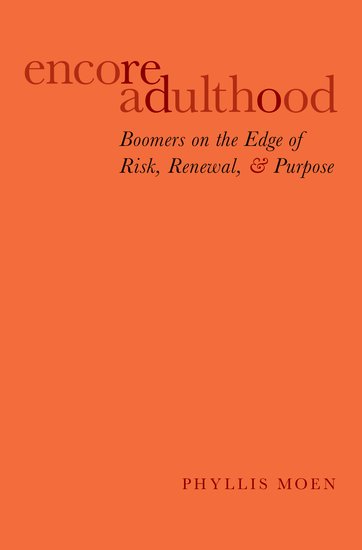
Building a strong sense of community is fundamental to nurturing and sustaining successful organizations. IPUMS and the MPC pursue three avenues—educational, social, and historical—for building community for its faculty, research associates, staff, and affiliates.

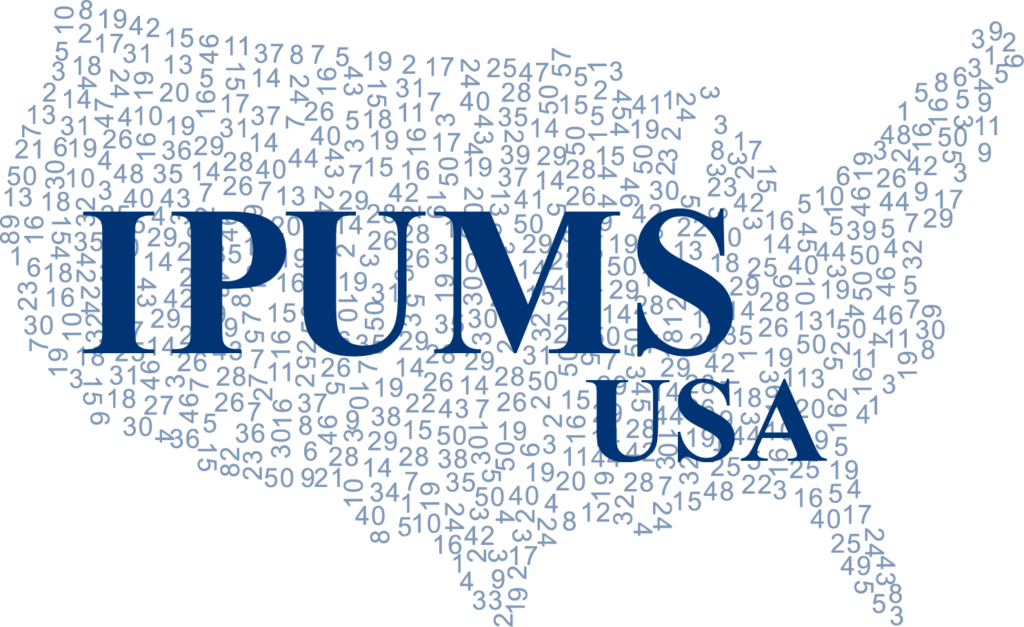

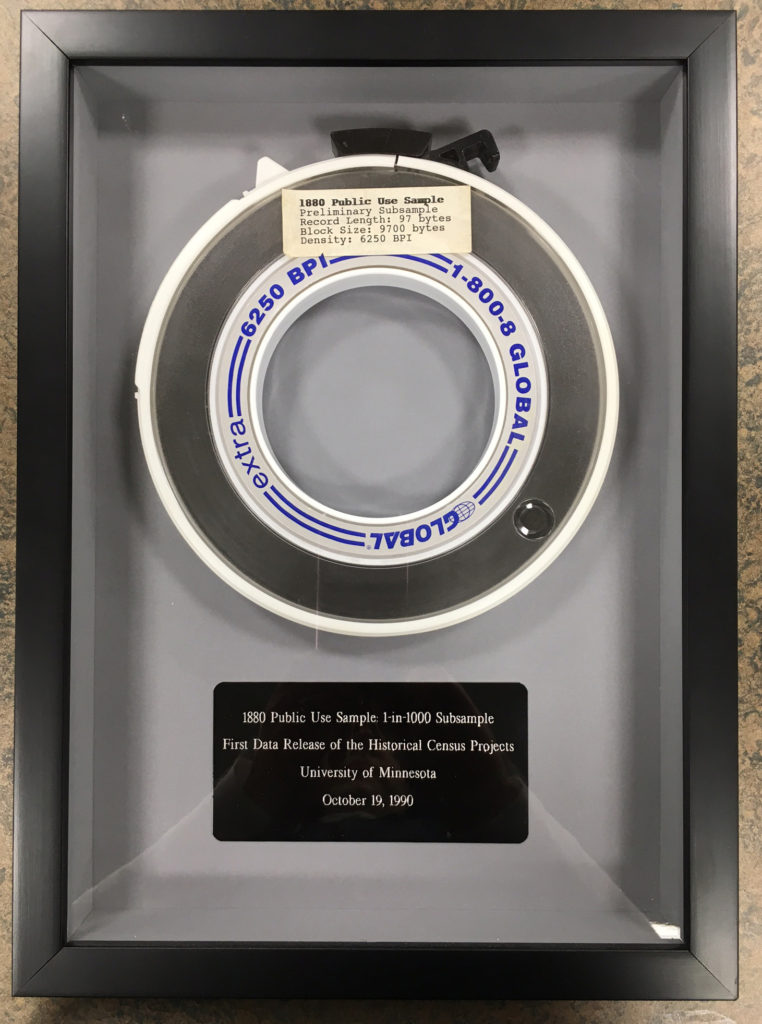
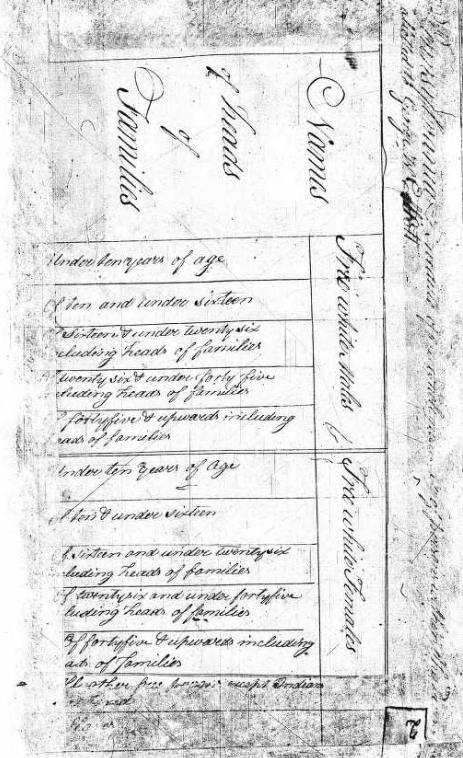
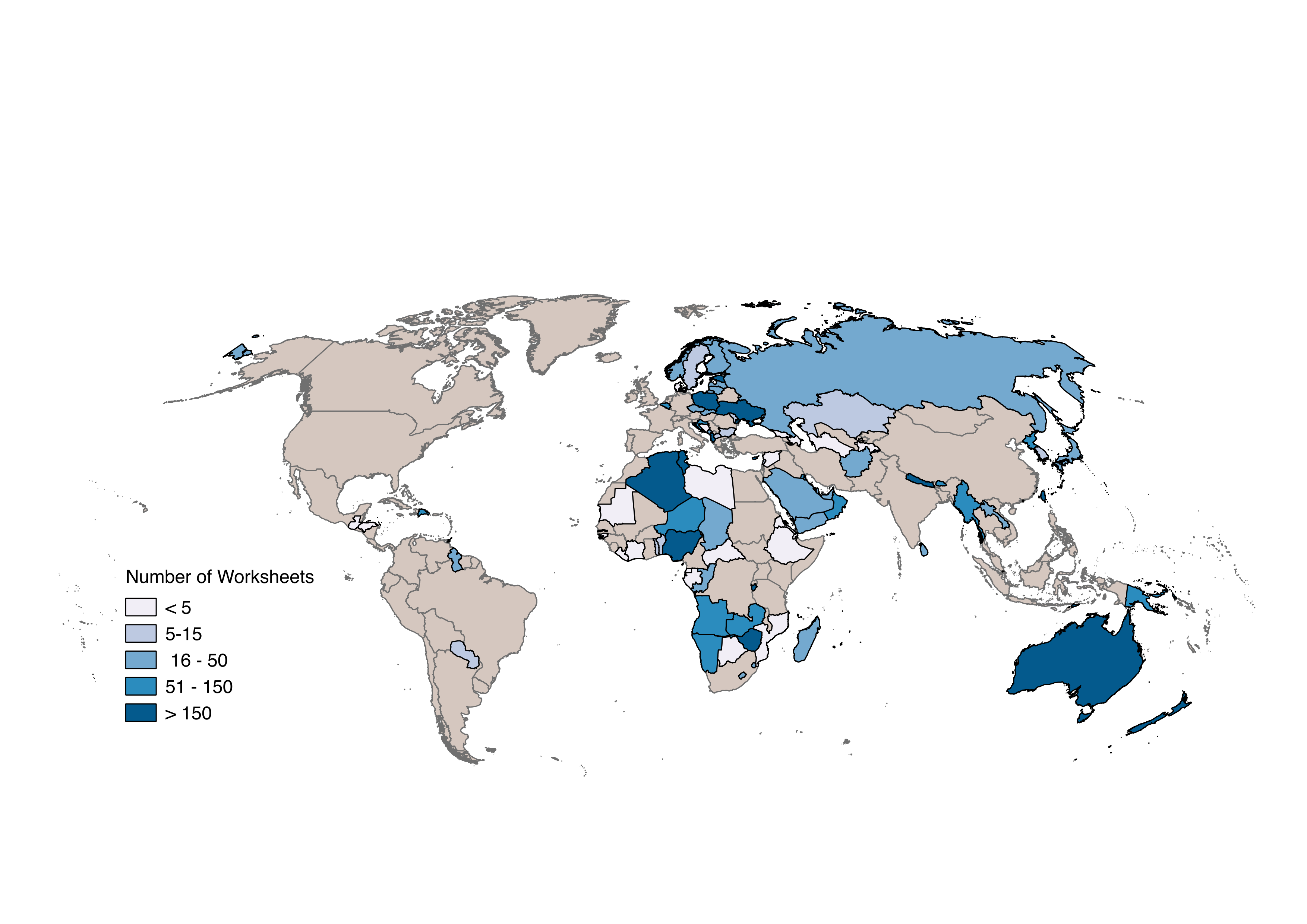 IPUMS-International currently disseminates census microdata from 82 countries around the world. It’s an impressive collection. But it still only covers about half the world’s countries. Under the TerraPop project, we are working to assemble a truly comprehensive global collection of population data.
IPUMS-International currently disseminates census microdata from 82 countries around the world. It’s an impressive collection. But it still only covers about half the world’s countries. Under the TerraPop project, we are working to assemble a truly comprehensive global collection of population data.